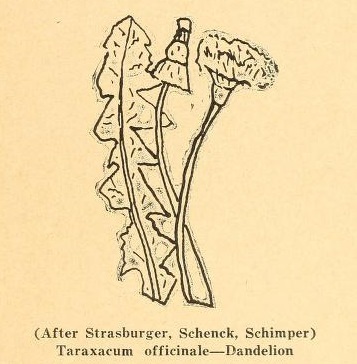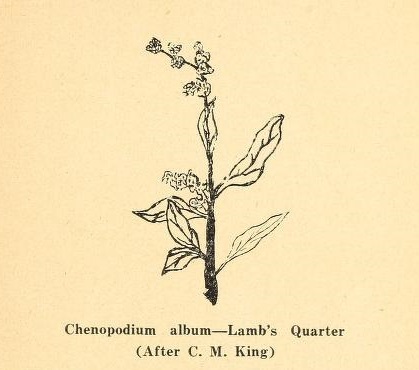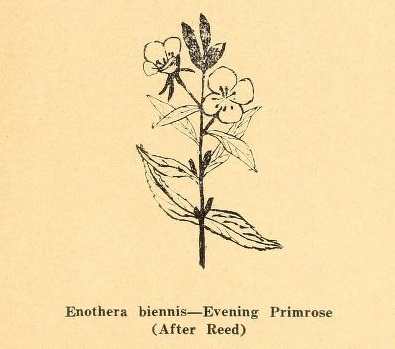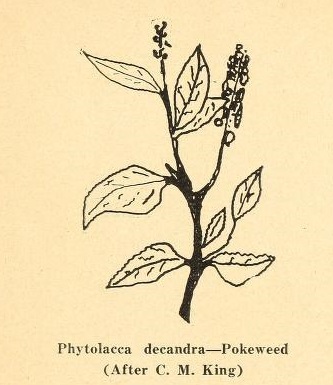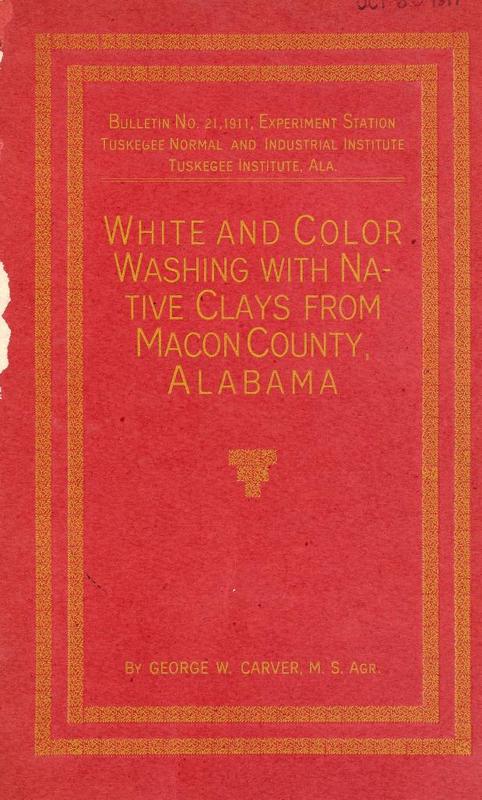Carver's Suggestions for Home Beautification
Carver had once been an art major, and his artistic temperament made him yearn for more than full stomachs and secure houses for ‘his people.’ He wanted their drab existences to be enriched with an appreciation of beauty. Besides preaching on the joys of nature study, he provided practical suggestions for the poor farmer to beautify his dismal surroundings. Few could afford to paint their shacks or landscape their barren yards, which more often than not did not belong to them. They could not afford such improvements, that is, if they relied upon merchants for their materials, but nature provided materials free of charge.
In Bulletin 21 Carver gave detailed descriptions of how native clays could be prepared for white and color washes to enhance both the exterior and interior of houses….The bulletin, Carver declared, was intended to aid the farmer in ‘making his surroundings more healthful, more cheerful, and more beautiful, thus bringing a joy and comfort into his home that he has not known heretofore.’
Hines, L.O. (1979). "George Washington Carver and the Tuskegee Agricultural Experiment Station."Agricultural History, 53(1), p. 78.
(Click any image in this exhibit to get more information, including access to full text)
As part of his effort to encourage poor farmers to beautify their homes and grounds, Carver wrote two bulletins on home gardening and one on painting with white and color washings.
"There is probably no section of our country that furnishes more really beautiful and useful ornamental plants than this section of Alabama; indeed the landscape gardener and florist, alike can find flowers of rare beauty and fragrance, foliage unsurpassed in richness, and fruits, berries and other forms of seed capsules possessing a richness of color and gracefulness of form, which well nigh approaches the ideal in beauty and grace.
And the plants yield readily to the fastidious tastes of the master of form and design, also from the simplest to the most elaborate color schemes as fancy dictates.
It is a source of regret that we do not recognize and appreciate what Nature has so lavishly provided for us.
Every park and dooryard should contain just as many of these lovely native trees, vines, shrubs, etc., as fancy and good taste suggest."
"Since the article appeared in the Alabama Journal, Tuesday, February 10, 1942, by Mr. W. T, Maynor, captioned “Don’t Worry If War Causes Shortage of Green Vegetables, Weeds Are Good To Eat” the large number of letters that continue to come in asking for more information makes us feel that here is an opportunity to render a service much needed at the present time, and equally applicable to our coming rehabilitation program.
Composite Family
In the group idea in arrangement it is hoped that it will assist the housewife in the preparation of these vegetables as every member of a group (with but few exceptions) have some food or medicinal properties in common with the entire group, therefore, their preparation would be similar in some respects."
Carver also created some illustrations for the plants described in this bulletin:
"Of the many attractive features of our beautiful county, I think there is possibly none that elicit such universal admiration and praise as the vast deposits of multi-colored clays, ranging from snow-white, through many gradations, to the richest Sienna and Indian reds on the one hand, and from the deepest yellow ochre to the palest cream tintings on the other.
We have never looked upon our county as possessing vast mineral wealth; nevertheless, this is true, in her rich deposits of clay.
It is well understood that brick of superior quality and richness of color can be made. Now and then a jug factory springs up here and there, makes a few wagon-loads of jugs, churns, jars, crocks, vases, and flower pots, sells them out and disappears as mysteriously as it came; thus, slowly but surely, the value of these splendid clay deposits becomes known.
The materials for the manufacture of pressed brick, drain pipe, pottery, and fine kaolin wares are here in abundance."
 An official website of the United States government.
An official website of the United States government.




